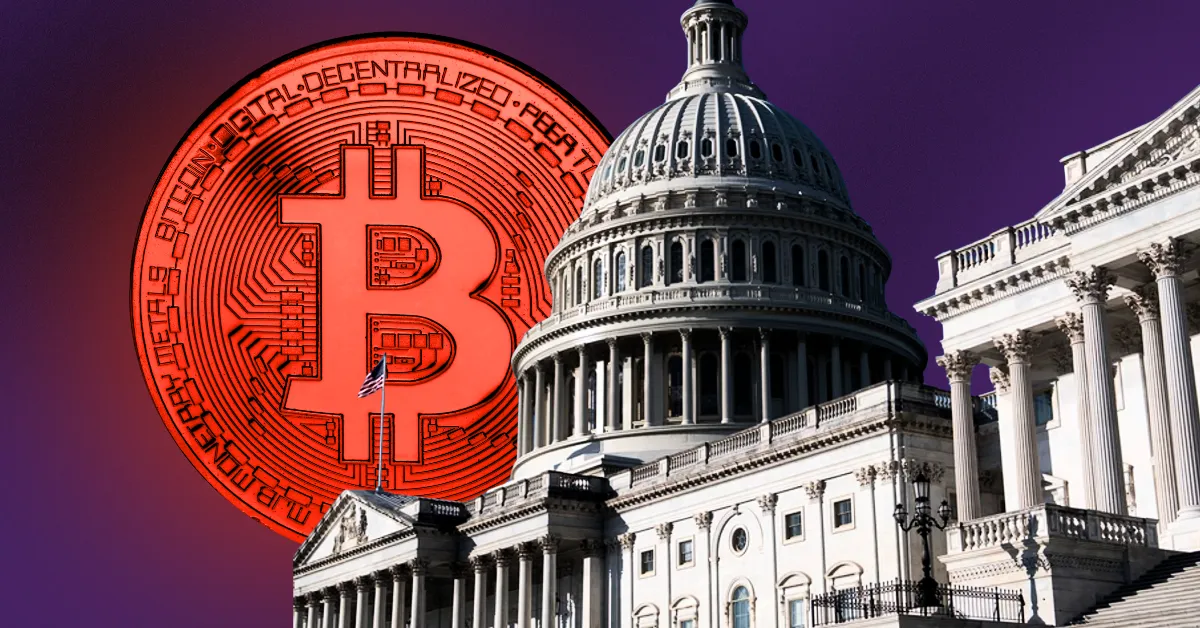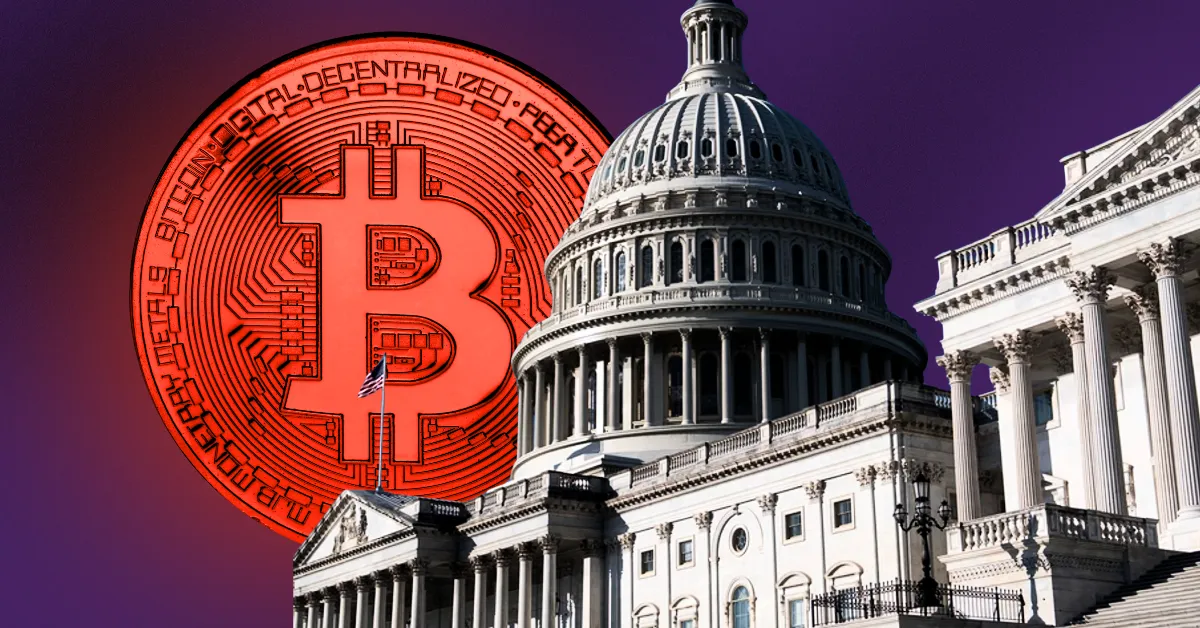U.S. Policy and Crypto in 2025: A Dance of Speed and Sentiment
The year 2025 paints a vivid picture of a financial ecosystem where the nimble crypto market pirouettes around the more deliberate steps of U.S. policy. This isn’t a harmonious waltz, but rather an improvisational dance where anticipation, rumor, and gut feeling often dictate the market’s moves, while policymakers painstakingly choreograph regulatory frameworks and economic strategies. Let’s dissect this dynamic, exploring the key trends and emerging patterns that define this fascinating relationship.
The Tortoise and the Hare: Market Speed vs. Policy Process
The most striking observation is the sheer difference in speed. Crypto markets, buzzing with 24/7 global trading, react to news and speculation with the immediacy of a hummingbird. The data is clear: weekend news whips up volatility, and traders frequently “sell the rumor, buy the news,” capitalizing on the market’s knee-jerk reactions.
U.S. policy, on the other hand, is the tortoise, bound by legislative processes, bureaucratic hurdles, and the ever-present tug-of-war of political considerations. Even with the best intentions, policy changes lumber into effect.
This speed disparity creates a market driven by expectations. The rumor mill churns faster than any legislative body, and market movements are often dictated by the *anticipation* of policy changes rather than the changes themselves. The Federal Reserve’s cryptic pronouncements, for example, fuel speculation and contribute to the market’s inherent volatility. Even the specter of a U.S. government shutdown, while disruptive to the wider economy, was seen as more likely to *slow down* than completely derail crypto initiatives. The crypto world seems to have built a level of resilience, betting on the continued operation of essential entities like the courts and the SEC.
The Trump Card: A Potential Shift in the Regulatory Winds
The potential return of a Trump administration hangs over the crypto landscape like a weather vane. After years of what the industry perceived as hostile regulation and aggressive enforcement, there’s a palpable sense of hope for a “new era of regulatory clarity.” Whispers of more lenient regulators and proposals like a 0% capital gains tax on crypto have injected a shot of adrenaline into the market. This newfound optimism is reflected in the resurgence of Bitcoin, the renewed vigor of DeFi, and even the emergence of politically-themed meme coins like “Big Beautiful Bill,” illustrating a direct link between perceived political shifts and investor enthusiasm.
However, this hope is tempered by a dose of realism. While a friendlier regulatory environment is enticing, the implementation of tariffs and ongoing trade negotiations with entities like the EU and Canada introduce a new layer of economic uncertainty. Crypto markets, alongside traditional assets, must now navigate the complexities of potential economic protectionism.
XRP and Solana: Barometers of Policy Sensitivity
The case of XRP and Solana serves as a stark reminder of the market’s extreme sensitivity to U.S. policy news. These cryptocurrencies experienced both a dramatic crash and a subsequent recovery, each directly linked to specific developments in U.S. policy. This underscores the interconnectedness of the crypto market and the U.S. legal and political system. Even a single regulatory action or legal ruling can trigger significant market swings, highlighting the inherent risks and opportunities for traders. The rollercoaster ride that XRP and Solana investors experienced is a potent illustration of the market’s tendency to overreact, creating both potential profits and devastating losses.
Institutional Adoption: A Double-Edged Sword
Despite the regulatory murk, institutional interest in crypto continues to blossom. Schwab’s decision to offer spot crypto trading sends a clear signal of increasing mainstream acceptance. Traditional financial institutions are warming up to digital assets.
However, this embrace comes with a caveat. Institutions are proceeding cautiously, keenly aware of the evolving risks. BlackRock’s recent warning about emerging technological threats to Bitcoin’s dominance underscores this cautious approach. Institutions are entering the space, but they are doing so with their eyes wide open, acknowledging the potential pitfalls alongside the potential rewards.
The debate surrounding a potential U.S. government Bitcoin reserve – a proposal to acquire 200,000 BTC annually for five years – also reflects the increasing recognition of digital assets’ potential. This ambitious idea signifies the growing discussion about Bitcoin’s role in national economic strategy, exploring its potential as a store of value and a hedge against traditional financial instability.
The Taxman’s Arrival: Compliance and Resistance
The impending implementation of 1099-DA reporting requirements for crypto transactions in 2025 marks a significant turning point. Increased IRS scrutiny is poised to reshape trading behavior, potentially pushing some activity offshore.
However, the crypto community isn’t taking these changes lying down. Traders are actively lobbying regulators, pushing for clarity on crypto regulations *before* Congress passes sweeping market structure bills. This proactive approach reveals a determination to shape the regulatory landscape rather than simply accepting it.
The struggle for regulatory clarity is further fueled by concerns that vague U.S. regulations could force crypto innovators to seek friendlier shores, potentially stifling the industry’s growth within the United States. This highlights the delicate balancing act between protecting investors and fostering innovation.
A Sea of Sentiment and Speculation
The dominant narrative of 2025 is that the crypto market is driven by sentiment and speculation. The prevailing wisdom to “always wait” when trading, and the observation that many traders are focused on maintaining Bitcoin’s value in relation to fiat currency rather than actively increasing it, point towards a cautious and often passive investment strategy. The ongoing debate about whether crypto will ever achieve mainstream currency adoption, fueled by concerns about trackability and its reliance on a non-physical asset, further reinforces this cautious sentiment.
Embracing the Unknown: A Future Forged in Adaptation
The interplay between U.S. policy and the crypto market in 2025 is a dance of dynamic tension. The market’s agility and responsiveness contrast sharply with the measured pace of policymaking. While the prospect of a more accommodating environment under a new administration offers a beacon of hope, ongoing economic uncertainties and regulatory challenges continue to cast long shadows.
The key takeaway is that the crypto market is learning to navigate the uncertainties of U.S. policy. Traders are becoming adept at anticipating policy shifts, reacting to rumors, and navigating a complex regulatory landscape. The future of crypto in the U.S. will likely be defined not by the *absence* of uncertainty, but by the industry’s ability to adapt, innovate, and thrive in its ever-shifting environment. The crypto market isn’t just surviving; it’s evolving.












